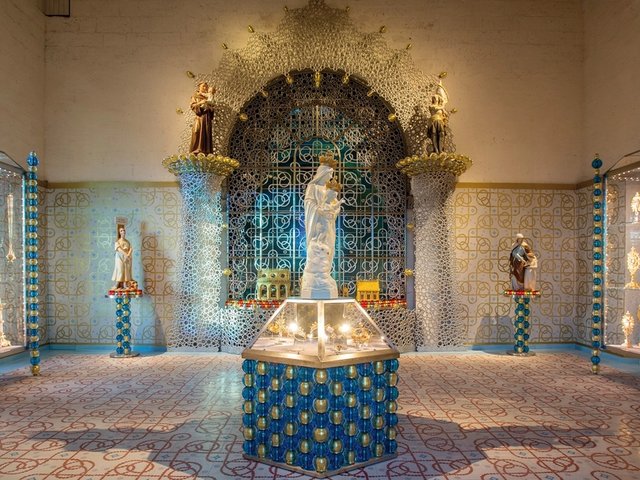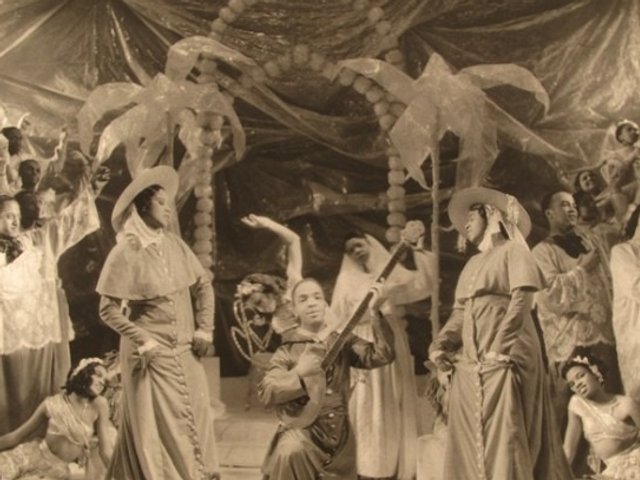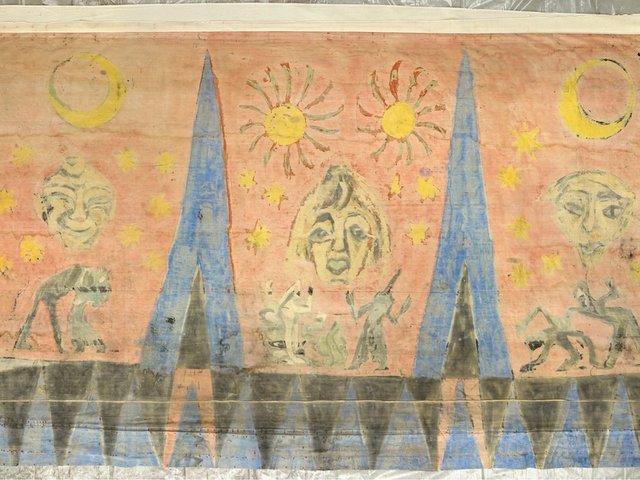“Jesus to me is honey in the mouth, music in the ear, a song in the heart,” the saint Bernard of Clairvaux said in one of his Sermons on the Song of Songs (1135). This snippet of insight into the importance of the senses for Medieval thought, both sacred and secular, is quoted in the loan exhibition A Feast for the Senses: Art and Experience in Medieval Europe (until 8 January 2017) at the Walters Art Museum in Baltimore, Maryland, which explores the way late medieval art evoked all five senses. The exhibition features around 160 objects from the 12th to 16th centuries, including tapestries, precious metalwork, illuminated manuscripts and stained glass. Themes include the garden—with objects such as a lush French tapestry depicting Narcissus (around 1500) accompanied by a soundscape recorded at the Ladew Topiary Gardens in Monkton, Maryland (2016)—and the medieval obsession with the wounds of Christ. Sound installations also activate the music inscribed on a knife and a bell on show. A Feast for the Senses was co-organised with the John and Mable Ringling Museum of Art in Sarasota, Florida, where it will travel after Baltimore (4 February-30 April 2017).





